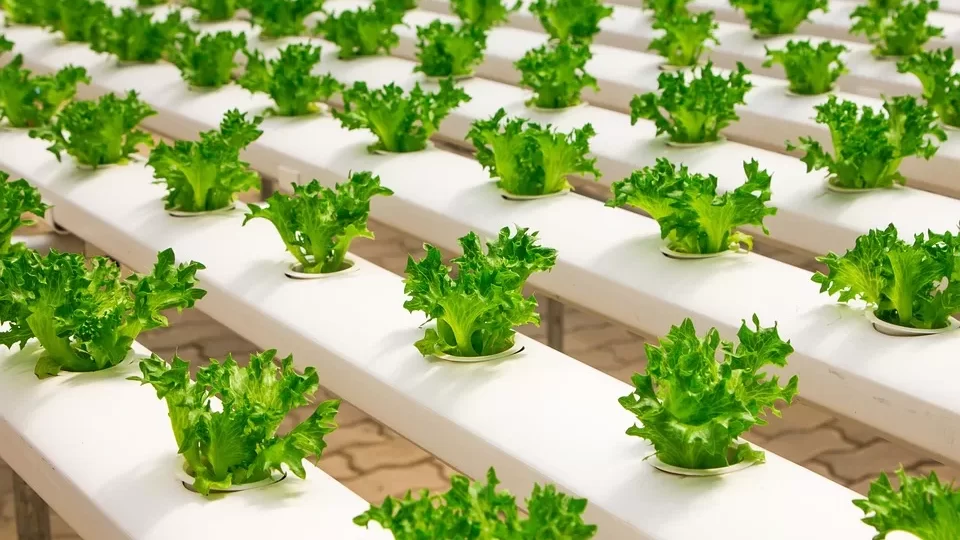
Hydroponics Used In World War II To Feed US Troops
During the late 1940’s, a practical hydroponic method was developed by Robert B. and Alice P. Withrow, working at Purdue University. Their hydroponics system alternately flooded and drained a container holding gravel and the plant roots. This provided the plants with the optimum amount of both nutrient solution and air to facilitate rapid and efficient growth.
During World War II the shipping of fresh vegetables overseas was not practical and remote islands where troops were stationed were not a place where they could be grown in the soil. Hydroponic technology was tested as a viable source for fresh vegetables during this time.
In 1945, the US Air Force built one of the first large hydroponic farms on Ascension Island in the South Atlantic, followed by additional hydroponic farms on the islands of Iwo Jima and Okinawa in the Pacific, using crushed volcanic rock as the growing medium and, on Wake Island west of Hawaii, using gravel as the growing medium. These hydroponic farms helped fill the need for a supply of fresh vegetables for troops stationed in these areas.
During this time, large hydroponic facilities were established in Habbaniya, Iraq and Bahrain in the Persian Gulf, to support troops stationed in those areas near large oil reserves.
The American Army and Royal Air Force built hydroponic units at various military bases to help feed troops. In 1952, the US Army’s special hydroponics branch grew over 8,000,000 lbs. of fresh produce for military demand. Also established at this time was one of the world’s largest hydroponic farms in Chofu, Japan, consisting of 22 hectares.
Following the success of hydroponics in World War II, several large commercial hydroponic farms were built in the US, most of which were in Florida. However, due to poor construction and management, many of these farms were unsuccessful. Even though the potential of hydroponics was incredible, commercial hydroponics in the US was held back until hydroponic systems that were economical to build and relatively easy to operate, became available in the marketplace.
hydroponic
#Hydroponics #World #War #Feed #Troops
Will be pleased to have you visit my pages on social networking .
Facebook page here.
Twitter account is here.
Linkedin account here
Post byBedewy for info askme VISIT GAHZLY



